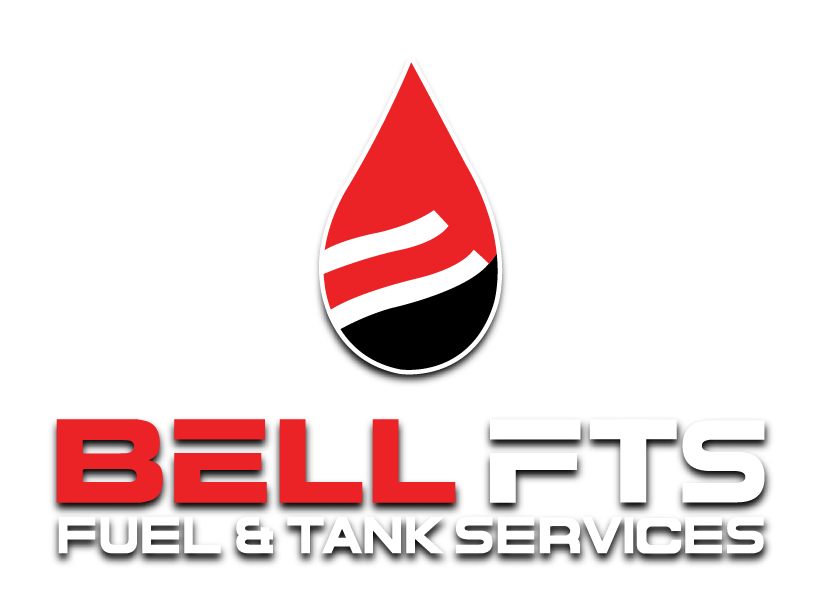Gas Stations
Bell Fuel & Tank Services: Serving Gas Stations & Fuel Distributors
Gas stations and commercial fuel distributors have different concerns on fuel storage than end users. For them, it's not a case of storing fuels on any kind of long-term basis for later use. Diesel fuels and gasolines are there to be sold as quickly as possibly. The margins are extremely tight, and fuel that’s sitting around is cutting into those margins. It's rare for fuels in their system to hang around for longer than a handful of days.
Yet, even with these differences, gas stations and other types of fuel distributors are no different than those end users who store fuels on a longer term basis for their own use. For all of them, fuel is a means to an end whose value comes from how the fuel enables them to do something of value. For fleets, the value is in the work their fuel does for them through their engines. For gas stations and fuel distrobutors, stored fuel is a commodity that represents revenue and generates customers.
Customer Satisfaction Is The Lifeblood For Gas Stations & Fuel Distributors
Satisfied customers are the life blood of gas stations and fuel distributors. What do these customers expect when doing business with them?
They expect..... their expectations to be met. Expectations of consistent performance and quality from fuel that performs the same way for them every time they use it.
If those expectations aren’t met, customers go elsewhere. And you know it’s much more expensive to attract new customers and win old ones back than it is to keep existing ones happy and satisfied. Hence the supreme importance of keeping your customer base happy.
What can threaten this ultimate goal?
Bell Fuel & Tank Services - The Hybrid Approach Gives Them What They Need
The biggest threats to these customer expectations are the fuel-borne problems that may potentially be passed on to them. Bell Fuel & Tank Services (Bell FTS) works with fuel handlers to satisfy their housekeeping protocols for dealing with water in storage tanks. Not only this, the Bell FTS Hybrid Approach To Fuel Care provides gas stations and fuel distributors with the right best practice protocols to best stay on top of fuel & tank microbe problems which are surprisingly easy to pass along to customers if you're not paying attention. Lastly, working with Bell Fuel & Tank Services protects the razor thin margins these gas stations and fuel distributors need to survive and thrive.
Helpful Resources
What's My Fuel Health Score?
Webinar

Fuel Changes and How They Affect You
Webinar

Fuel Storage Tank Treatment Protocols
Technical Sheet

Essential Fuel Tests
Tip Sheet

Most Serious Issues Businesses Face From Water Problems
Checkllist

Fuel Tests You Need to Know About
Webinar

Storing and Dispensing Fuel
Webinar






